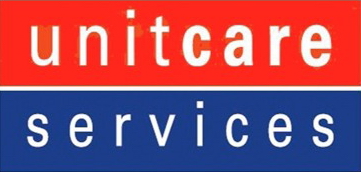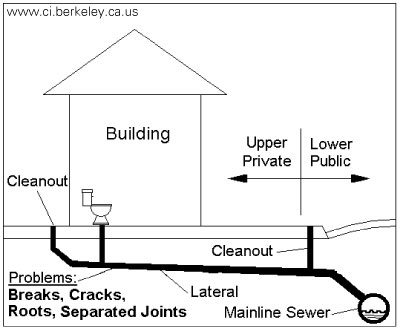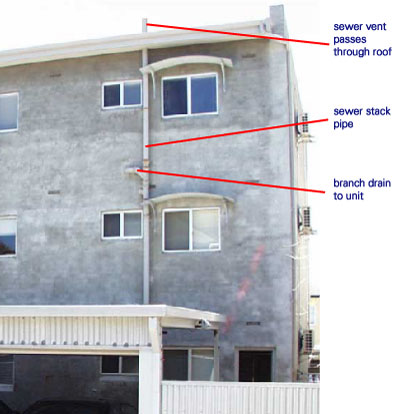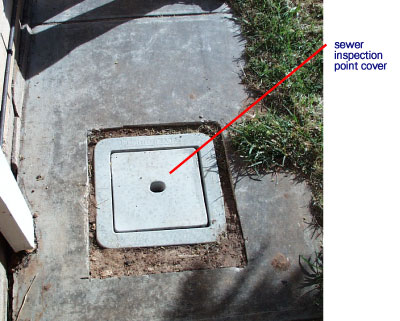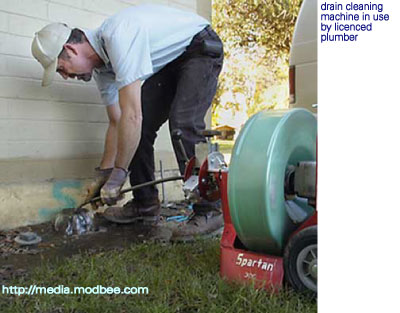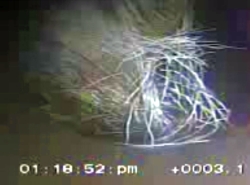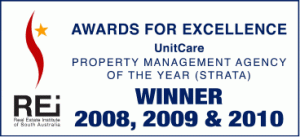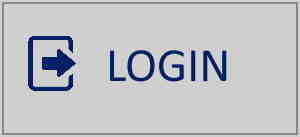Maintenance: Plumbing – Drains
Strata Titles Act (plan number less than 20,000)
Plumbing & other Services:
Section 5 part 6 of the Strata Titles Act goes on to spell out other structures and services that are the Strata Corporation’s responsibility to maintain. Section 25 explains the Corporations responsibility to maintain the services.
Section 5: Boundaries
(6) The common property comprises:
(b) any pipe, cable, wire, duct or drain that is not for the exclusive use of a unit;
Section 25. The functions of the strata corporation are as follows:
(a) to administer and maintain the common property for the benefit of the unit holders and, to such extent as may be appropriate, other members of the strata community; and
(b) to administer all other property of the corporation
What does this mean?
Services that do not serve a single unit, are the Corporation’s common property. This includes the common water supply, stormwater drainage and sewerage disposal.
Hint
Ask yourself the question: If the supply or drain was terminated at any point would it effect more than one unit. If so it is common property.
Community Titles Act
Plumbing & other Services:
Section 28 of the Community Titles Act spells out structures and services that are the Community Corporation’s responsibility to maintain. Section 75 explains the Corporation’s responsibility to maintain the services.
Section 28—Common property
(1) The common property created by a community plan comprises:
(b) the service infrastructure (except for any part of the service infrastructure that is vested in a Minister of the Crown or other authority or person and the parts of the service infrastructure that provide a service to only one lot)
Section 75—Functions and powers of corporations
(1) The functions of a corporation are
(a) to administer, manage and control the common property for the benefit of the owners of the community lots; and
(b) to maintain the common property and the property of the corporation in good order and condition
What does this mean?
Services serving more than one lot, are the Corporation’s common property. This includes the common water supply, stormwater drainage and sewerage disposal.
The Corporation is responsible for water pipes and sewers until they only serve a single unit.
Hint
Ask yourself the question: If the supply or drain was terminated at any point would it effect more than one unit. If so it is common property.
